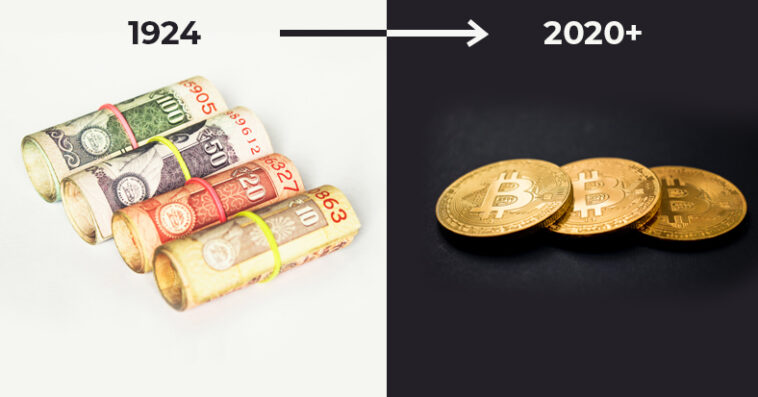International monetary regimes in History
International monetary regime is that whole set of internationally accepted rules, agreements and the institutes that support the International trade, cross border investment and the capital relocation between the countries.
Purpose of a Monetary Regime
The main purpose of an International monetary regime is to provide guidelines that governs the international payments, exchange rates and capital movements. International monetary system can be considered as the operating system or the base system of the International financial environment that determines how the things will operate in financial environment.
Different countries use different currencies and for the trade to happen those currencies should be converted. If there is no monetary system countries would have to use only balanced bilateral trade. And it could decrease the efficiency of the economy by interfering with free trade. Countries try to keep a balanced trade balance by imposing tariffs and duties and this may lead to a trade war. There we find the importance of international monetary
system. International trade organizations, such as the World trade organization, which is a part of the international monetary system limits the excessive tariffs and duties that would harm the overall efficiency of the economy thus the international monetary system helps to maintain a good trade competition that would be advantageous to the economy as a whole.
In addition to decreasing the overall efficiency of the economy, balanced trade could also discourage the foreign investments. In a balanced trade, since the exports are equal to imports, net exports becomes zero hence the foreign investment also becomes impossible. But the international monetary system regulates the cross country trade, limiting the possibility of balanced trade and it makes the way for foreign investments.
The history of Currency : from barter system to Currency Notes
Throughout history metals like gold and silver have been used for trade. According to the book “money in Mesopotamia” by Marvin A. Pawel , the earliest use of metals as currency has been reported in Mesopotamia and in Egypt in the 3rd million century. The time period before 1870th is considered as the bimetallism era, just like the name explains itself, during the bilateral era the two metals; gold and silver have been used for trade.
The International Gold Standard came into force in 1875. During that period gold was considered to be the only form of currency. The exchange rates of the countries were solely determined by the gold content they had and there were no restrictions for importation and the exportation of gold. By 1870, most of the countries had been using gold as the base of their currency.
However after World War I, the gold standard era ended. With the fall of gold standard most of the countries banned the exportation of gold and also redeemed the exchange notes for gold. During the interwar period of 1914 to 1944 countries followed sterilization policy where the central banks of the countries govern the inflow and the outflow of the gold.
Bretton wood system
In 1944, the Bretton wood system was established and a new postwar International monetary system was created. With the establishment of Bretton wood agreement each country established a par value for their currencies against the US dollar and one ounce of gold was valued to be 35 US dollars. However, the dollar based exchange system also ended up being unsuccessful.
In 1973 euro and Japanese yen became free floating currencies. In 1976 IMF enacted “Flexible exchange rate system” where the countries were advised to intervene in exchange markets to protect them from economically harmful fluctuations in exchange rates.
The impossible trinity
The impossible trinity or the Trilemma is a condition where an economy has to choose 1 from the 3 main options of, setting a fixed exchange rate, allowing the free flow of capital or following an independent monetary policy. Since achieving all three at once is impossible most countries tend to choose the options of independent monetary policy and free flow of capital.
The attempt to combine these 3 policies can cause a financial crisis. According to the historical data, the Mexico peso crisis, 1997 Asian financial crisis and the Argentine financial collapse in 2001 happened as a result of trilemma.
Swedish/ Danish Krona; Why not Euro
In 1873, during the gold standard era Denmark and Sweden fixed a currency valuing against gold and named it as krona. In 1975 Norway also joined this and altogether they made the Scandinavian monetary union. Even after the collapse of Scandinavian monetary union in 1914, the currency those 3 countries used; krona, remained unchanged. In 1994, Sweden joined European Union and according to the rules of European Union a country that joins the union has to adopt euro as the currency in that country. In regard to this Sweden held a referendum and most of the citizens voted “no” for adopting euro as the official currency of Sweden. As a
Consequently, Sweden did not adopt the euro as their official currency. (Seth, 2017)
Similar to Sweden, Denmark also joined European Union in 1973 but at the referendum which was held in 2000, the majority of Danish nationals voted not to adopt euro as their official currency and the Maastricht treaty of 1992 allowed Denmark to use Danish krone as its official currency.
One of the main reasons for Denmark and Sweden to not use the euro was to maintain its economic independence. Countries that use the euro have to adapt to the monetary policies imposed by the European central bank. Sweden and Denmark believed this would limit their economic independence. This could be best explained through the simple example of the financial crisis in 2007-2008. During the financial crisis Countries that did not use the Euro including Denmark and Sweden suffered less in comparison to the countries that used the euro and did not have independence in making monetary policies.
However, even though Denmark has opted out from using the euro, the national bank of Denmark kept using a monetary policy that keeps the Danish krona stable against the euro. In other words, Denmark has practiced a fixed exchange rate. In a fixed exchange rate policy the exchange rate of the currency of one country is kept stable against the value of another currency. The reason for Denmark to use a fixed exchange rate policy is to keep the inflation low that would lead low
and stable prices in the market.
In addition to the modern usage of fixed exchange rate in Denmark, an example from the history for fixed exchange rate can be found under Bretton wood agreement where the exchange rates of currencies was set against the US dollar.
In contrast to Denmark, Sweden uses a free floating exchange rate policy, hence the rate of Swedish krona against euro is not fixed. In a free floating exchange rate policy, the central bank of the country does not attempt to control the exchange rate, it is solely determined by the supply and the demand of the currencies.
Throughout history, there have been examples for both advantages and disadvantages of using a fixed exchange rate. A fixed exchange rate keeps the stability of the economy and also makes the economy more attractive for investors. But it also prevents the ability to adjust the over or undervalued currencies



GIPHY App Key not set. Please check settings